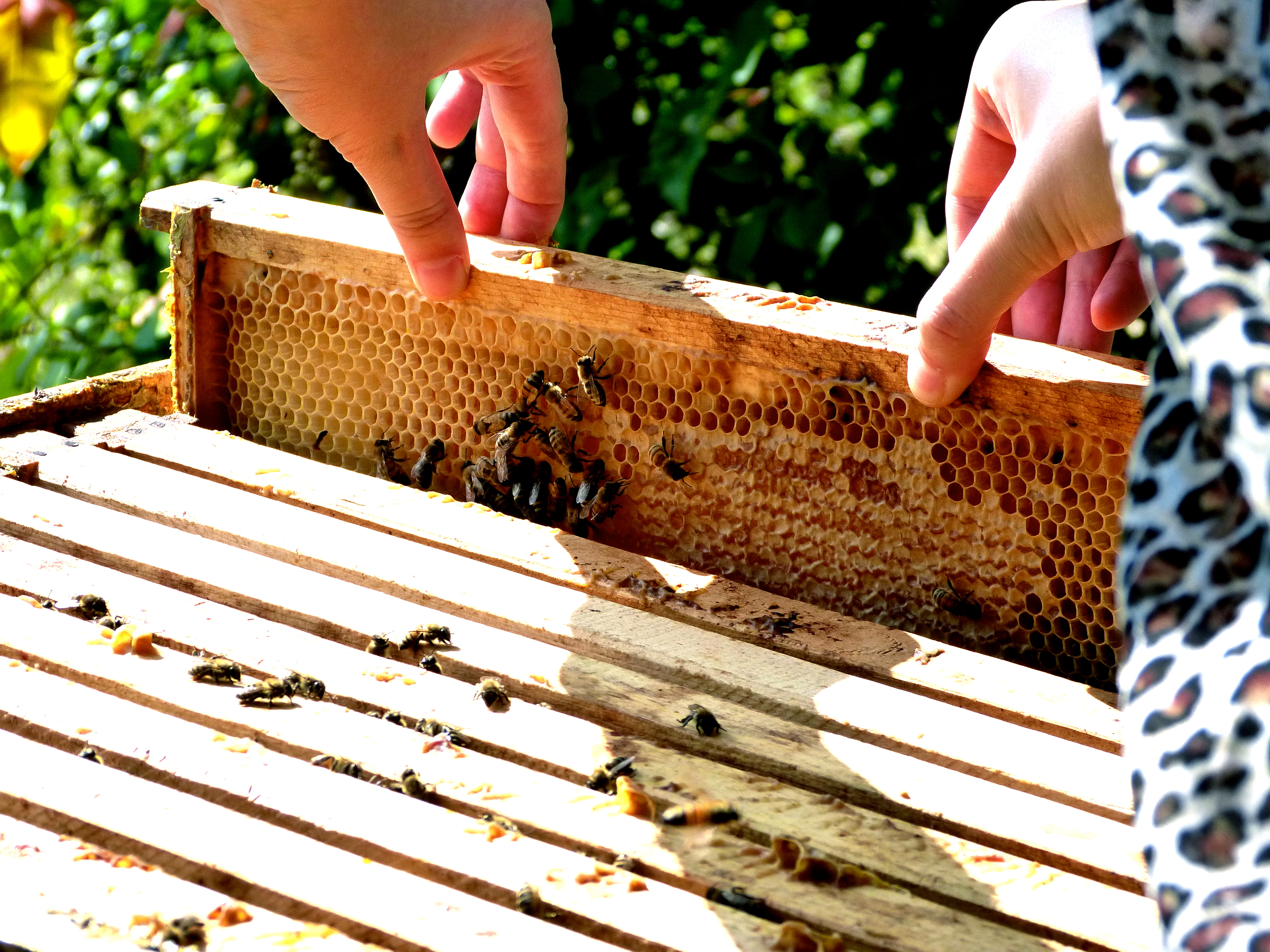Honeybees are more important than you probably think they are. They’re responsible for the pollination of about one third of the fruits and vegetables we consume; without them, those agricultural products would likely not be pollinated properly. According to a 2011 UN press release, “of the 100 crop species that provide 90 per cent of the world’s food, over 70 are pollinated by bees.”
Unfortunately, the combination of pesticides, land use change, and Varroa destructor (a parasitic mite that feeds on honey bees’ bodily fluids) have led to Colony Collapse Disorder (CCD) phenomenon, which is caused in part by bee deaths leaving the colony with too few members to function. In recent winters, Canadian beekeepers have lost over thirty percent of their bees. The McGill Apicultural Association (MAA), which has bee hives on Macdonald Campus, lost about 50% of its bees in 2011.
A class of insecticides, called neonicotinoids, have been identified in particular as being responsible for CCD because of the way that it attacks bees’ immune systems and makes them vulnerable to certain viral diseases. After a significant lobbying effort by the MAA, McGill has agreed this year to stop using neonicotinoids on its crops, an important first step towards reversing CDD.
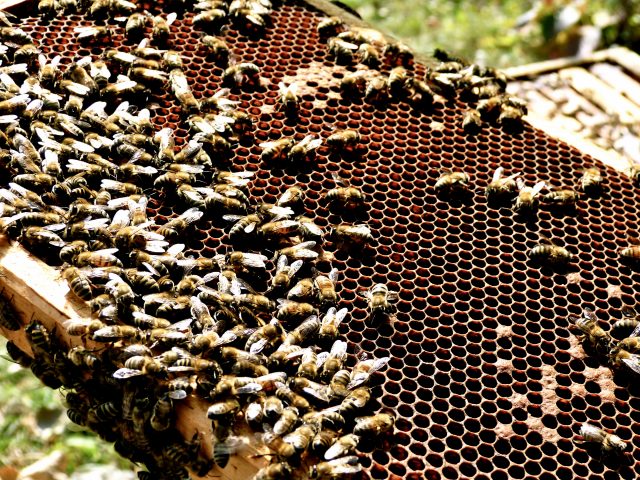
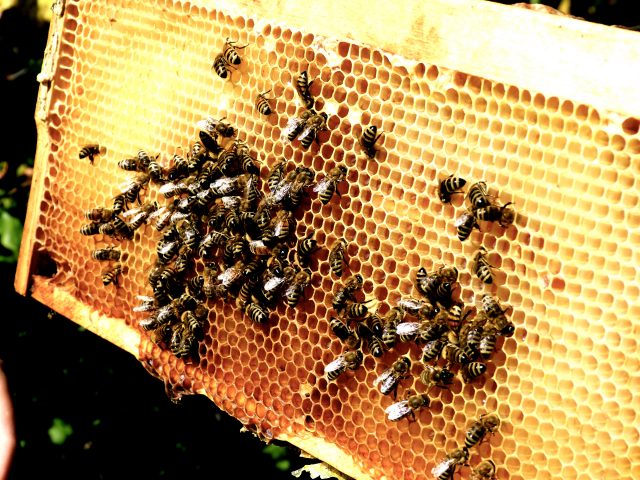
Clara Payró
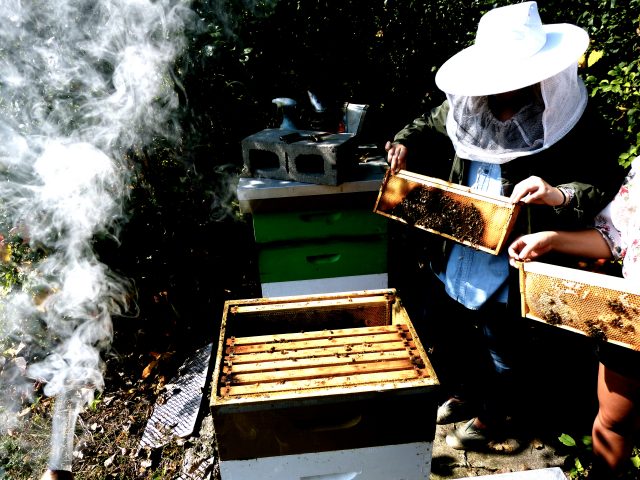
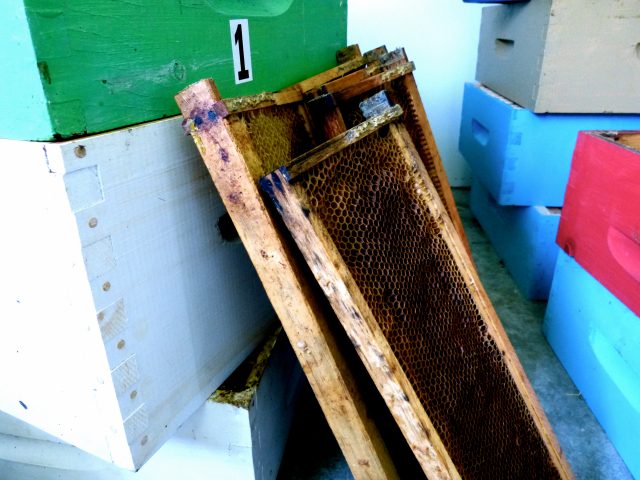
Clara Payró
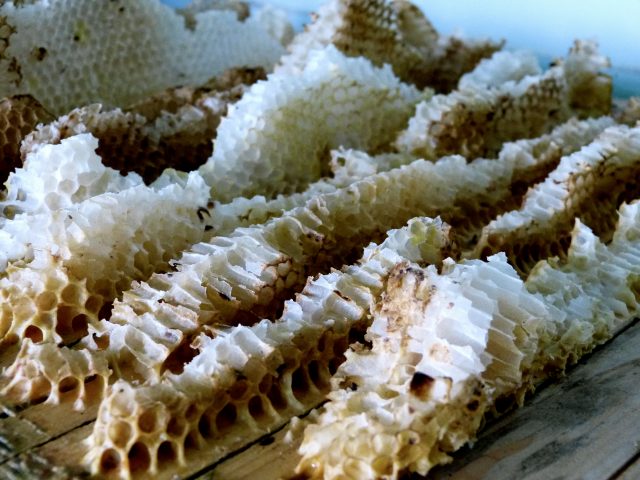
Clara Payró
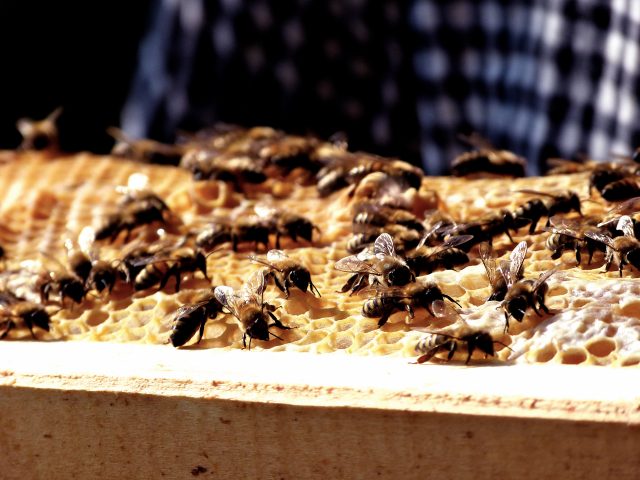
Clara Payró
For more information on colony collapse disorder, beekeeping at McGill, or an upcoming documentary on the subject, go to thedocumentaryprojectmcgill.wordpress.com.

